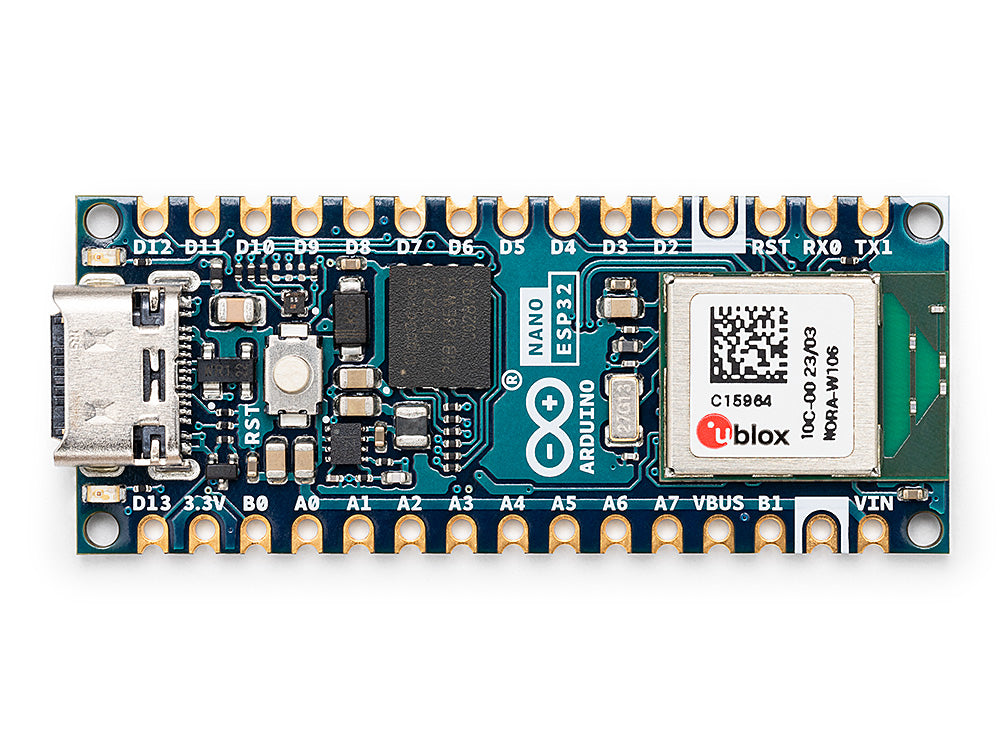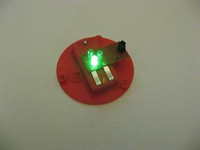Hello! New poster, new to LEDs so please excuse my ignorance.
Im trying to add LEDs to a handmade card. (For setup, the card has a speaker to play music with a light sensor to activate it.) I want to put some LEDs in the card and have it twinkle randomly, like each diode activates on its own/not paired in series with other diodes. Is that a reasonable thing to try to attempt? I need approx 7 diodes, just like a slow soft on/off in a random pattern if possible. Theyre going to imitate stars. If I cant make them twinkle or flicker or whatever I'll probably just let them be on whenever the card is open but the aesthetic could be stunning if i can make this happen.
Any and all help is greatly appreciated as I'm starting from scratch to figure out how to work these things. If you have a good link for instructions in general creating with LEDs thats useful too as I'm trying to google something I don't quite understand 😅
Im trying to add LEDs to a handmade card. (For setup, the card has a speaker to play music with a light sensor to activate it.) I want to put some LEDs in the card and have it twinkle randomly, like each diode activates on its own/not paired in series with other diodes. Is that a reasonable thing to try to attempt? I need approx 7 diodes, just like a slow soft on/off in a random pattern if possible. Theyre going to imitate stars. If I cant make them twinkle or flicker or whatever I'll probably just let them be on whenever the card is open but the aesthetic could be stunning if i can make this happen.
Any and all help is greatly appreciated as I'm starting from scratch to figure out how to work these things. If you have a good link for instructions in general creating with LEDs thats useful too as I'm trying to google something I don't quite understand 😅




